Space Pictures This Week: Solar Eclipse, Dusty "Doughnut," More
By National Geographic News, 24 May 2012.
By National Geographic News, 24 May 2012.
1. Following a Moon Shadow
Seen from one of Japan's MTSAT meteorological satellites, the shadow of the moon darkens part of the North Pacific during the annular solar eclipse last Sunday and Monday. Despite the diminutive shadow shown, the moon is actually a little bigger than a quarter the size of Earth.
An annular eclipse happens when the moon lines up between Earth and the sun, and when the dark moon's apparent diameter is smaller than the visible disk of the sun, leaving a ring - or annulus - of fiery light around the edges.
2. Milky Way Visitor
Echoing the arc of the Milky Way (centre), a meteor - or possibly a satellite reflecting the sun's rays - streaks earthward near Cagnes-sur-mer in southeastern France in a picture submitted May 17 by National Geographic Your Shot user Jerome Cassou.
Meteors are mostly sand grain-size particles that enter Earth's atmosphere at high speed, burning up and superheating the air around them, which creates the characteristic short-lived streaks of light.
3. Fiery Crescent
Captured from about 400 miles (630 kilometres) above Earth by Japan's Hinode satellite, the moon moves into position for the May 20-21 annular solar eclipse.
Before the eclipse, astronomer Anthony Cook, of the Griffith Observatory in California, had predicted that scientists would make use of the event to study the sun's activity. Hinode's handlers also used the eclipse to gather data to improve the craft's ability to image subtle features in the sun's corona, or upper atmosphere, according to NASA.
4. Losing Power
Carrying Russian and U.S. astronauts to the International Space Station, a Russian Soyuz spaceship jettisons rocket boosters after launching from the Baikonur Cosmodrome in Kazakhstan on May 15.
Currently the Russian spaceships are NASA's only means of ferrying astronauts to the space station. This week's successful launch of the first private craft toward the space station, though, hints that the U.S. space agency may have another option for manned spaceflight as early as 2015.
5. Dusty Doughnut
Photographed by an astronaut aboard the International Space Station, sections of river-like Lake Powell - created by the 1963 construction of Glen Canyon Dam on the Colorado River - squiggle across the Utah desert. (See Lake Powell pictures from National Geographic magazine.)
The dusty "doughnut" of the Rincon (centre-left) formed several thousand years ago when the river jumped its banks in favour of a slightly more direct route to its final destination, the Gulf of Mexico.
6. Leaving Earth in Its Dust
It's no naked-eye stunner, but unusually dusty Comet Garradd (aka C/2009 P1) - seen via a New Mexico telescope - has offered skywatchers a reliable show for nearly a year, according to Astronomy Now Online. May, however, marks the end of Garradd's current flyby.
Comets are balls of rock and ice that grow tails as they approach the sun in the course of their highly elliptical orbits.
As comets heat up, gas and dust are expelled and trail behind them. The sun illuminates this trail, thereby making it sometimes visible in the night sky.
Top image: The San Juan arm of Lake Powell (left) and Comet Garradd's close encounter with the beautiful globular cluster M92 (right).

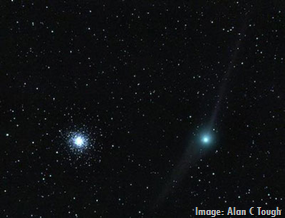

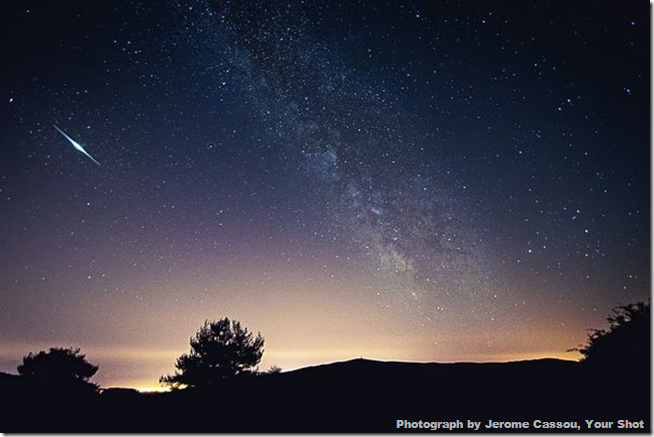
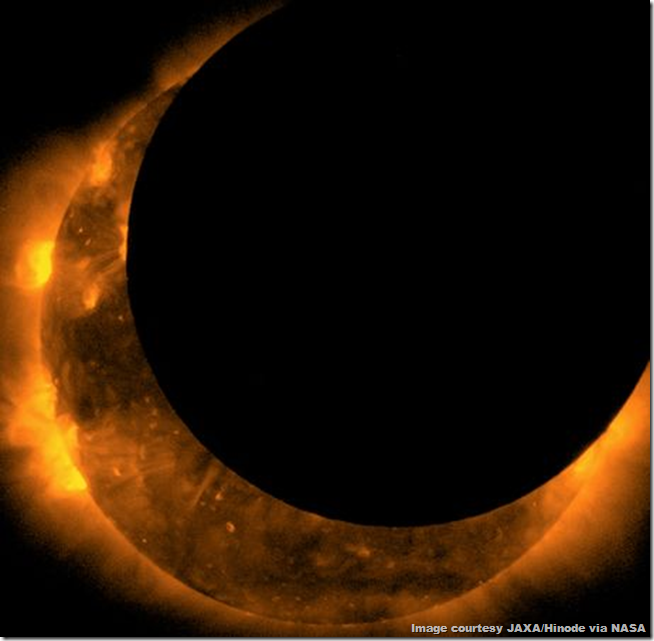
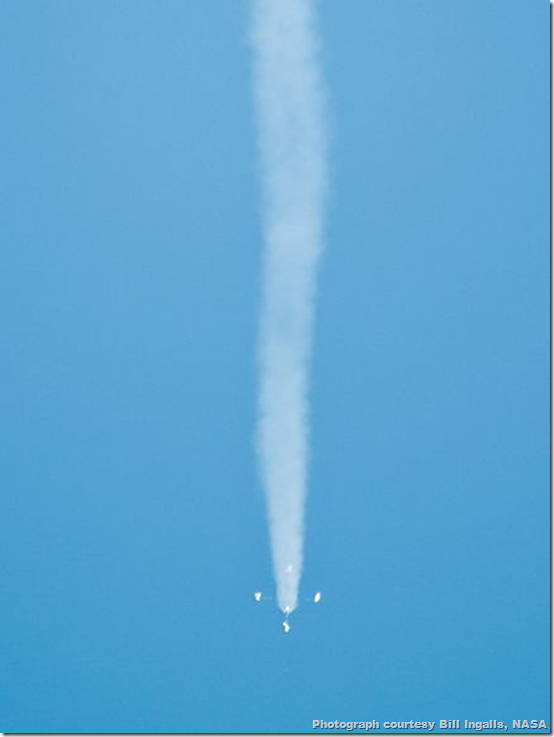
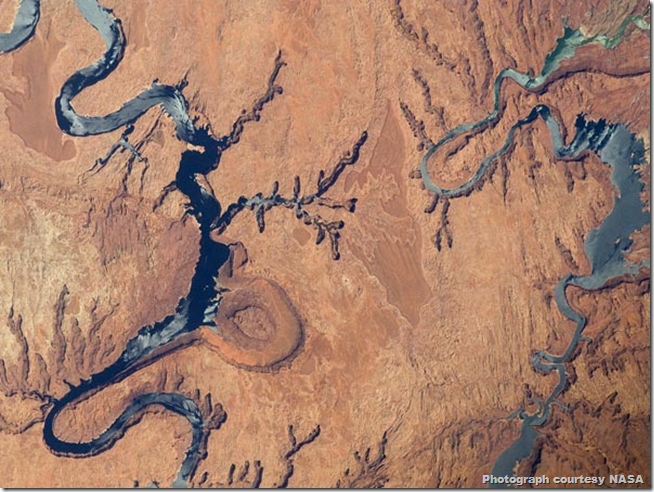
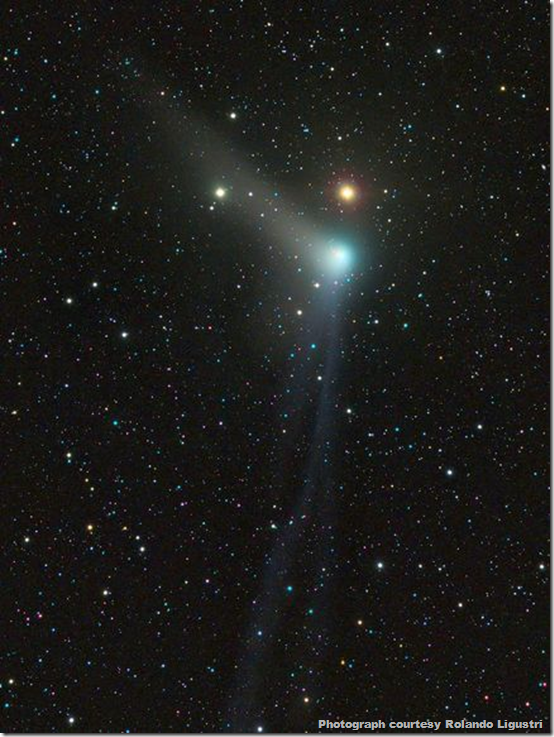
Perfectly taken pictures and all are so beautiful, it reminds me of the sunset at the Evening Desert Safari Dubai.
ReplyDelete